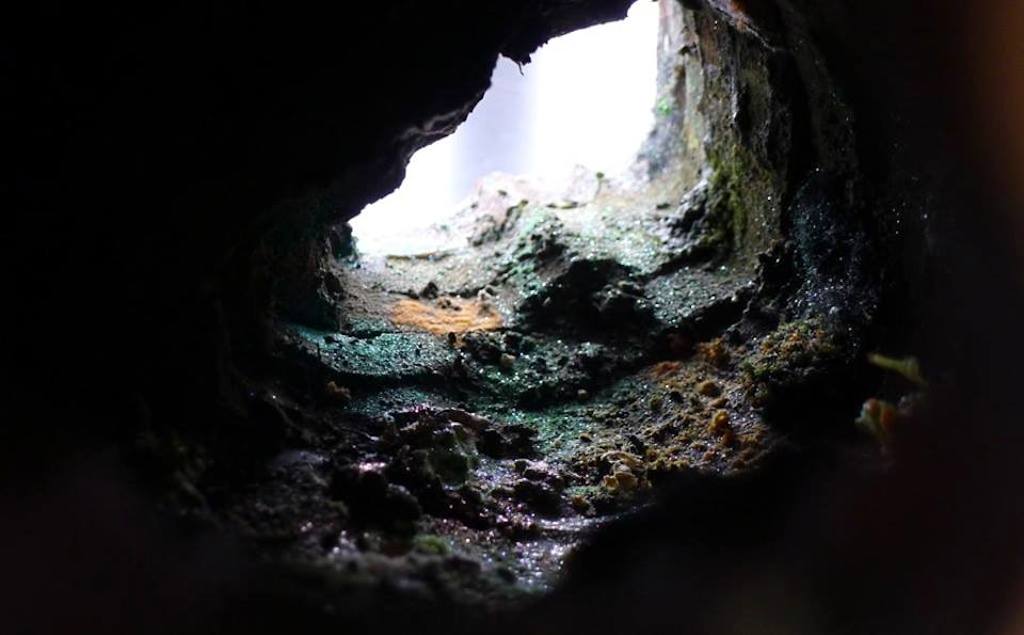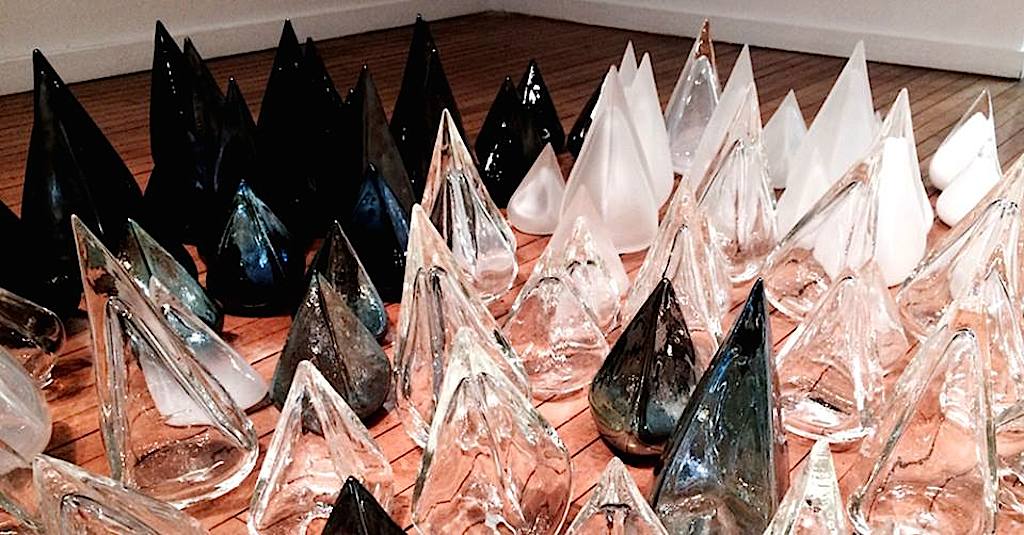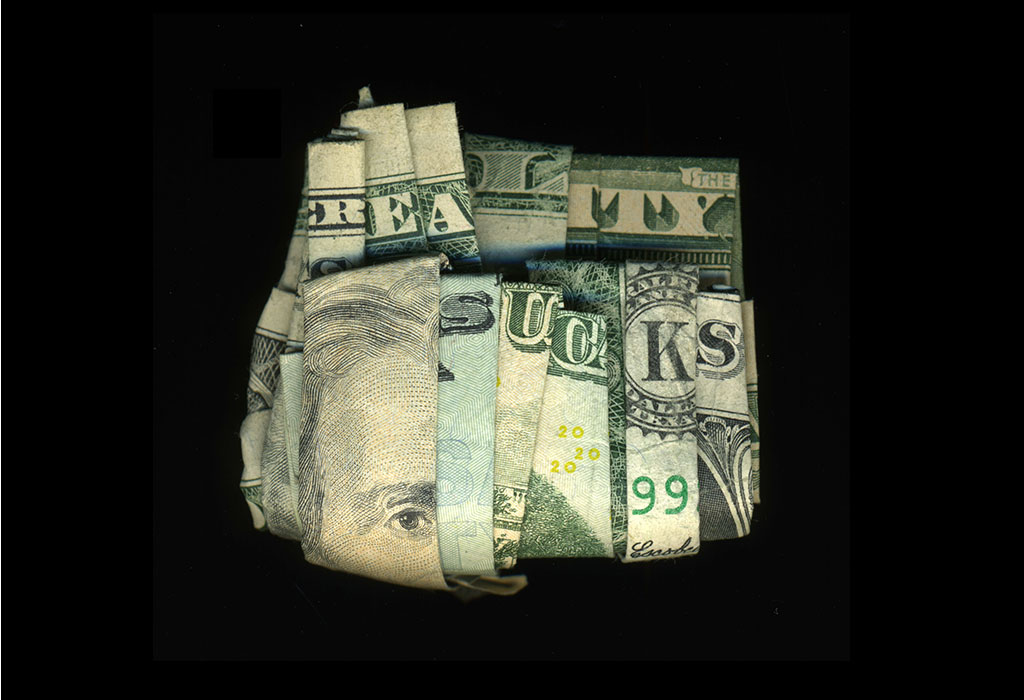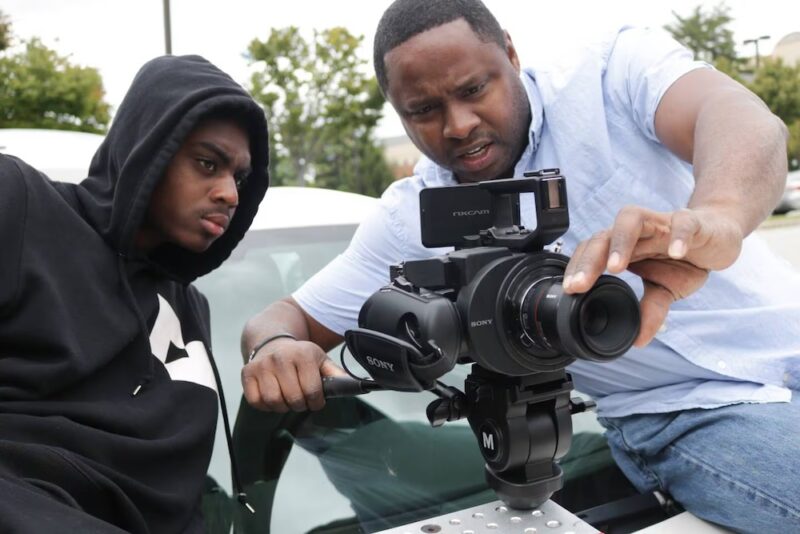Advice for Artists Who Want to Sell by Civilian Art Projects Founding Director Jayme McLellan
First of all, and in case you were wondering, I don’t think you have to sell to be a successful artist. Your work should be led by the idea, process, and/or material – not the sale. But, if you are an artist and you make objects, it sure is nice to sell them sometimes. As a friend used to say, an artist who makes objects and does not sell “has a storage problem.”
Next, no one needs to buy your art. Their life will not be in jeopardy if they do not get that work on paper. Buying art is a luxury. That awesome art collector friend can’t eat it, probably can’t sleep on it, and they usually have to go to some sort of length or inconvenience to hang it and care for it, however minimal. So you have to make them want it, that’s your job.
I repeat: selling your art is your responsibility, even if you have a commercial gallery representing, showing, and selling your art. It should still be your priority to sell it, if that is what you wish for your art. If you don’t care about selling it, let it pile up in a corner. But don’t get mad at the gallerist when, after dumping off piles of artwork, he or she still has it sitting in the same storage space three years later. It’s your job, and I’ll explain why.
Of course you and your gallerist can, and should, do this as a partnership. In the best of all possible worlds, you and a dealer, or two, (or three or 12 gallerists across the globe and some auction houses) are clamoring to sell your work and you have a wait list. But, this probably isn’t your problem yet. So you have to learn to make sales happen.
Now, pricing your art is tricky. There is no perfect formula. You figure out the number – just how much do you need for that piece? Next, figure out what your market will bear – not the market, your market. For example, if Joe Schmoe sold a painting for $5,000, this does not mean you will too. Sure, your painting is bigger and better, but so what? Your last one of the same size sold for $2,500.
And, Joe knows how to woo people and you sit in your studio and lament that you can’t sell. He’s out there at art events meeting people, inviting them to his studio, trading paintings with fellow artists to make them like him, and talking loudly about how he’s informed by the Moderns, hates AbEX, but really loves material process and Ellsworth Kelly. And he wears nice cologne mixed with a touch of body odor, and he doesn’t look half bad. He puts his arm around their shoulders and makes them want that painting. What are you doing?
If you think the example cited above is a little, well how can I say this, gross? That’s fine. But it works. You might not need to do the exact same thing. Figure out what works for you, but figure it out or I guarantee that you, too, will have a storage problem.
You don’t have to be inauthentic to sell. You don’t have to do the gross schmooze. You can be yourself. But you also might have to force yourself to reach outside of your comfort zone and articulate your practice: why are you making the work you are making? Is it in order to get someone to freaking care about it besides you and your grandparents? Who might that audience be? You also need to sell your craft, and keep track of those who support you.
So, how you do you price it? A lot of art college professional development classes will give you this formula: take the amount of time it took you to make it, multiply this by a wage you’d like to be paid per hour, and then add in the cost of your materials. Some like to multiply this by two if they are selling in a gallery that takes 50%. Good luck with that. I hope you get that number.
Your time would be better spent working on your mailing list, going to events, and then listening to your gallerist about how much you should charge. If you don’t have a gallery, go to art events, look at the price lists for emerging artists exhibiting in group shows. Then, take an honest look at your work, figure what number will not make you sad in your heart, and then put that number out into the world. And don’t forget to factor in the fact that just about everyone is going to ask for and expect a discount of at least 10%. It’s the norm in the art world.
And so you spent 100 hours on it and you want to make $50 an hour? Great. Good luck. But are you really going to get $5,000 right now for that painting? Can you live with $1,000? If so, and you are selling at a commercial gallery that takes 50%, you are pricing it at $2500 to allow for discounts and to still get your $1,000.
And just because you sell at a non-profit that takes 30%, please don’t take 30% off the price. Keep your prices consistent. When you raise them, you have to keep them raised. No collector likes to see a similar piece of art going for half the price at an auction. They may never say a word to you, but chances are, they will never buy another piece directly from you. If they buy again, they will likely wait for the discounted auction.
Once you have some success, be careful about raising your prices. When they are up, they should not come back down. Instead, when you are in a sales slump, give gifts to long-term collectors as a thank you. Invite them to everything. Take them out to dinner. Let them know you are grateful. Don’t forget a sale, however small.
Most collectors who buy the work of emerging artists do so because they want to become a part of the artist’s success. They like to hear about your ideas. If they are creepy, you don’t have to be best friends. But most folks are nice and they care. So be nice back and take as much interest in them as they have taken in you. It will pay off. This is the foundation for a successful art career.
*********
Author Jayme McLellan is an artist, educator, curator, writer, and gallery director. She is the founding director of Civilian Art Projects, a gallery supporting emerging and established artists located in Washington, DC. McLellan has worked in the arts since the mid-nineties curating hundreds of exhibitions and organizing events in galleries, museums, and alternative spaces in DC, Baltimore, New Orleans, Minneapolis, New York City, Miami, Canada and Europe. Prior to Civilian, McLellan co-founded and served as co-director of Transformer (2002-2006), a non-profit arts organization dedicated to serving emerging artists.
In addition to running Civilian, she is adjunct faculty at the Maryland Institute College of Art where she leads classes on professional development for graduate students. She has also taught professional development, curatorial practice and art history at the Corcoran College of Art + Design, American University, and St. Mary’s College of Maryland. She is the project manager and co-curator for HARD ART DC 1979 (Akashic Books), a book and traveling exhibition about the birth of the D.C. punk movement. The HARD ART exhibition will be on view at the Center for Documentary Studies at Duke University from May until October 2014.
** Image Courtesy of Dan Tague. (Reality Sucks, 2011 Archival Inkjet Print on Rag Paper 36 x 38.5 in. Edition of 5). Tague’s works are available through Civilian Art Projects.






